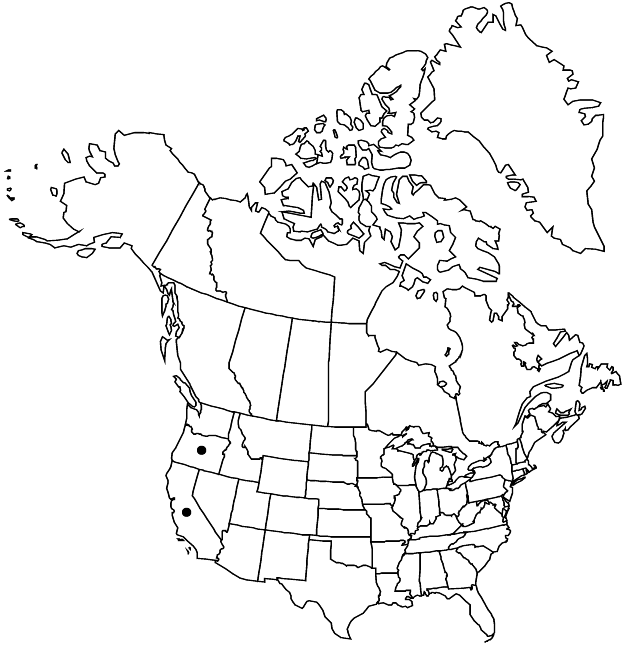Erica lusitanica
J. Bot. (Schrader) 2: 286. 1800 ,.
Plants ± erect, 15–30 cm; twigs of current season green, with short, stiff hairs ca. 0.3 mm, older twigs gray and brown striped, glabrescent. Leaves in whorls of (3–)4; petiole 0.2–0.3 mm; blade linear-lanceolate, flat to compressed-triangular in cross section, 2.5–4(–7) × 0.2 mm, margins revolute, sparsely prickled, surfaces glabrous. Inflorescences terminal panicles, ellipsoid, 10–25 cm. Pedicels 1–1.5 mm, shortly hairy. Flowers: calyx lobes (connate ca. 1/3 their lengths), ovate, 1 × 0.7 mm, margins entire, apex subacute, glabrous; corolla white to pinkish white, broadly campanulate, 4–5 mm, lobes ovate-deltate, 0.5–1 mm, apex broadly rounded; stamens 10; filaments 2 mm; anthers awned, ca. 0.7 mm, awns 2, basal, 2-ciliate, 0.3 mm; ovary glabrous; style 2–2.5 mm; stigma exserted, obconic. Capsules 1–2 mm, glabrous. Seeds ellipsoid, 0.6 × 0.5 mm, finely pitted.
Phenology: Flowering late spring–summer.
Habitat: Sandy coastal sites
Elevation: 0-50 m
Distribution

Introduced; Calif., Oreg., sw Europe.
Discussion
Erica lusitanica is found naturalized in coastal California (Humboldt County south to San Diego County), and in southwestern Oregon.
Selected References
None.